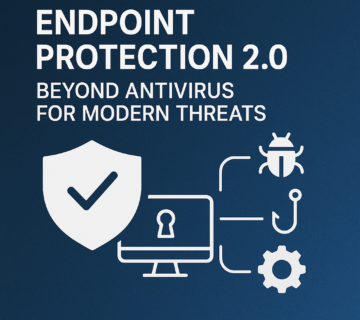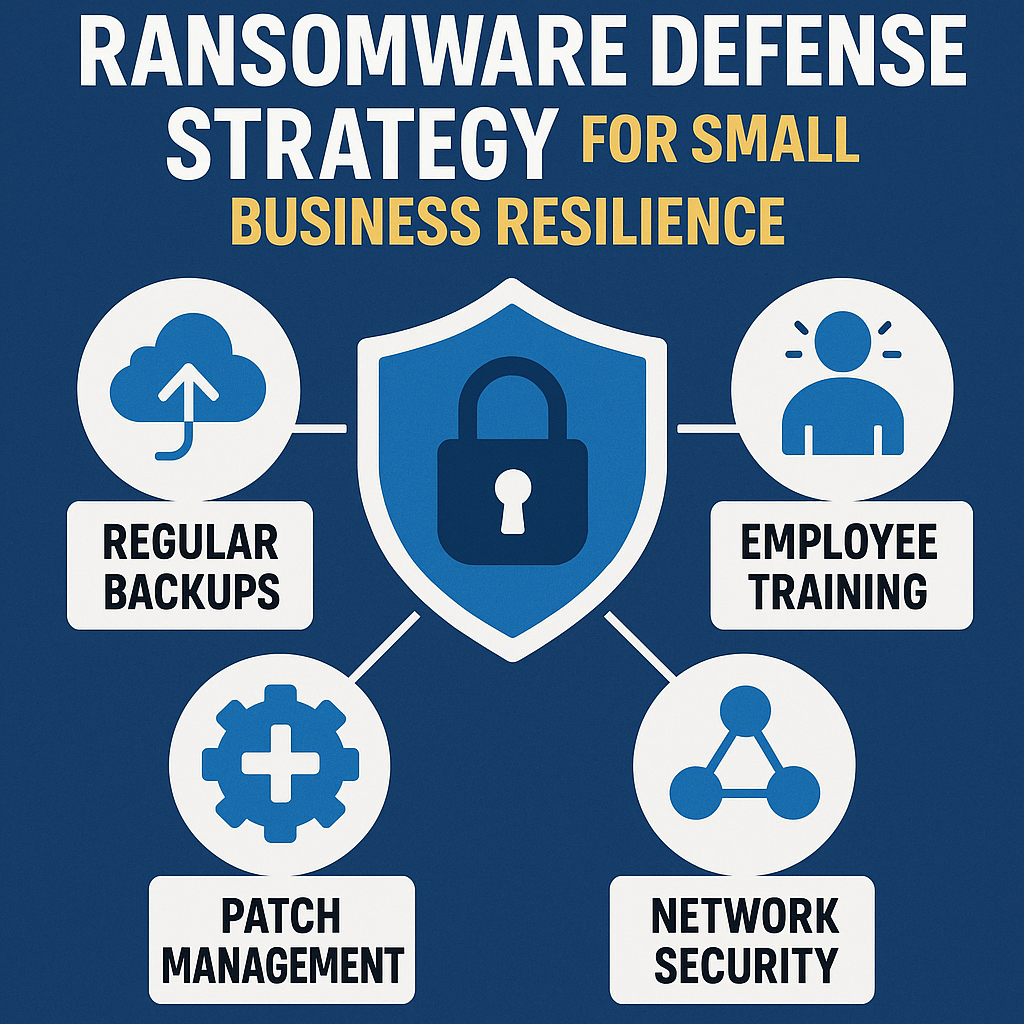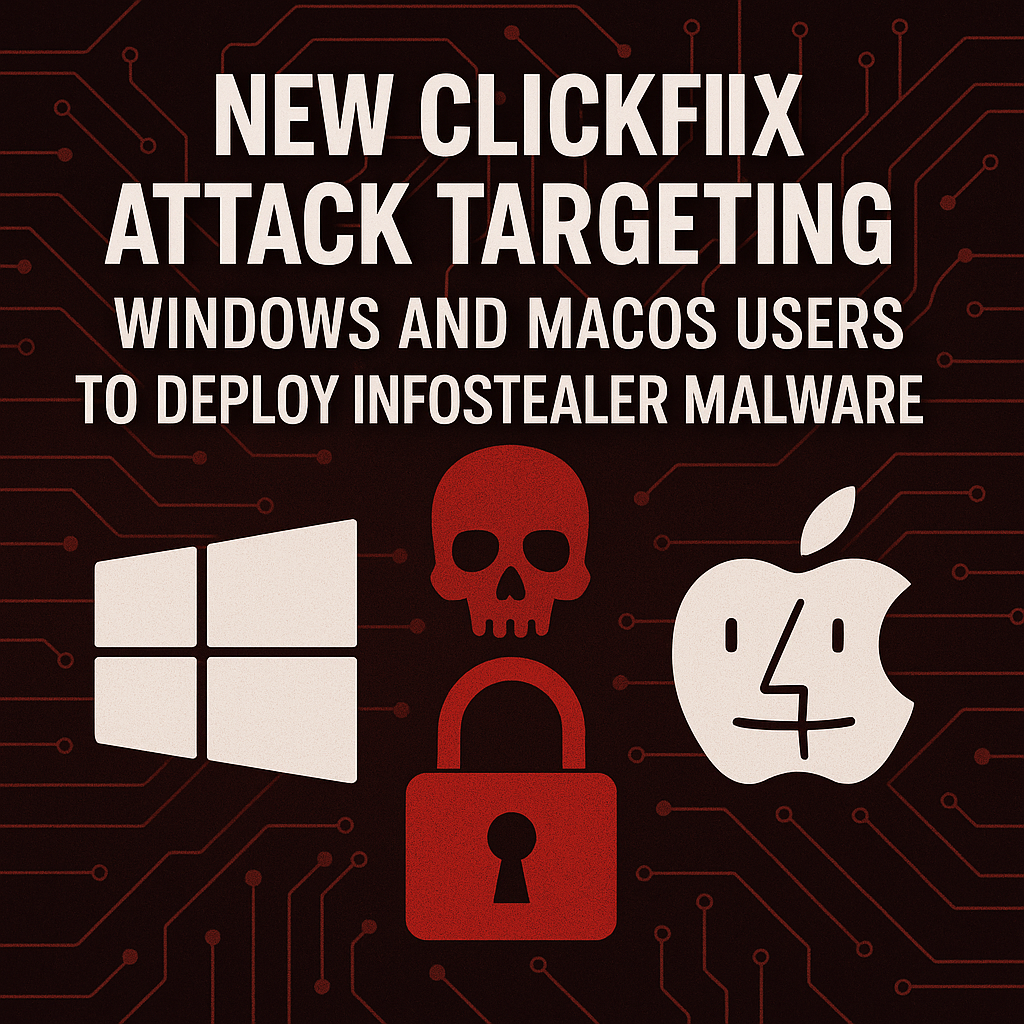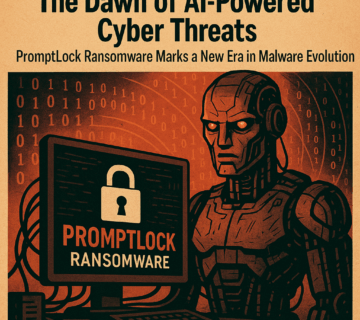
Endpoint Protection 2.0: Beyond Antivirus for Modern Threats
Modern businesses need more than traditional antivirus to combat today's sophisticated cyber threats. Endpoint Protection 2.0 combines next-generation security technologies including behavioral analysis, zero-trust architecture, and 24/7 monitoring to defend against ransomware, zero-day exploits, and advanced attacks. Technijian's managed endpoint security services provide Southern California businesses with enterprise-grade protection through comprehensive device management, automated threat response, and expert security operations. Contact Technijian at (949) 379-8499 or visit technijian.com to schedule your complimentary endpoint security assessment and discover how modern endpoint protection secures your distributed workforce against evolving cyber threats. ... Read More



